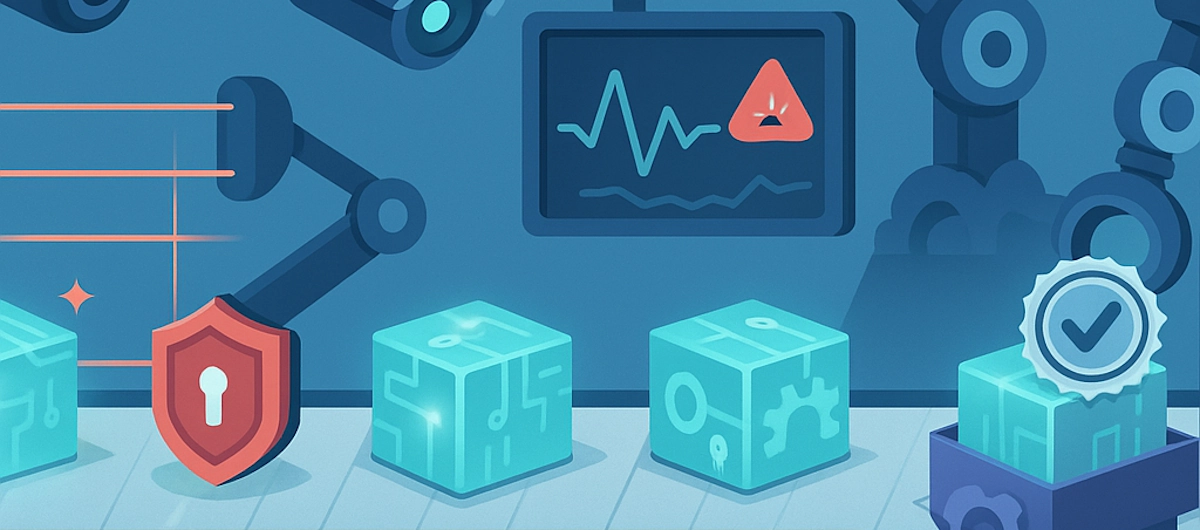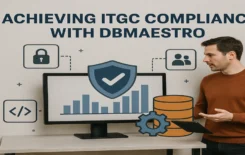Regulatory compliance automation is revolutionizing database security by streamlining processes, reducing vulnerabilities, and ensuring continuous adherence to regulatory standards. This approach not only enhances data protection but also simplifies compliance management for organizations of all sizes.
What You’ll Learn
– The critical role of regulatory compliance automation in database security
– Common security risks in traditional database management
– How automated database management improves compliance and security
– Key features of compliance automation for database security
– Best practices for implementing regulatory compliance automation
The Role of Regulatory Compliance Automation in Database Security
Regulatory compliance automation plays a crucial role in enhancing database security and ensuring adherence to various regulatory standards. By leveraging automated tools and processes, organizations can significantly reduce the risk of data breaches, unauthorized access, and compliance violations. This approach not only strengthens data protection measures but also streamlines the often complex and time-consuming task of maintaining regulatory compliance.

Common Security Risks in Traditional Database Management
Traditional database management approaches often expose organizations to various security risks:
- Human errors in configuration and access control
- Inconsistent application of security policies
- Delayed patch management and vulnerability fixes
- Inadequate monitoring and auditing capabilities
- Difficulty in maintaining up-to-date compliance documentation
These vulnerabilities can lead to data breaches, regulatory fines, and reputational damage.
How Automated Database Management Improves Compliance and Security
Automated database management significantly enhances both compliance and security through several key mechanisms:
Automating Security Policies and Access Controls
Automated database security tools enforce predefined security policies and access controls consistently across all database instances. This reduces the risk of unauthorized access and ensures that only appropriate personnel can interact with sensitive data.
Continuous Monitoring for Compliance Violations
Real-time monitoring capabilities allow organizations to detect and respond to potential compliance violations promptly. This proactive approach helps prevent security incidents before they escalate.
Automated Patch Management and Vulnerability Fixes
Automated database management systems can identify and apply necessary security patches and updates automatically, reducing the window of vulnerability to known exploits.
Key Features of Compliance Automation for Database Security
Effective compliance automation solutions for database security typically include:
- Policy enforcement mechanisms
- Real-time monitoring and alerting
- Automated risk assessment tools
- Comprehensive audit logging and reporting
- Integration with existing security infrastructure
- Automated patch management and vulnerability scanning
These features work together to create a robust, automated security framework that maintains continuous compliance and reduces the risk of data breaches.

Best Practices for Implementing Regulatory Compliance Automation in Databases
To maximize the benefits of regulatory compliance automation, organizations should follow these best practices:
Selecting the Right Compliance Automation Tools
Choose tools that align with your specific regulatory requirements and integrate seamlessly with your existing database infrastructure. Look for solutions that offer comprehensive coverage of compliance standards relevant to your industry.
Integrating Compliance Automation into DevOps Workflows
Incorporate automated compliance checks into your CI/CD pipelines to ensure that security and compliance are maintained throughout the development and deployment process. This integration helps catch potential issues early and reduces the risk of non-compliant changes reaching production environments.
Conducting Regular Compliance Audits with Automated Tools
Leverage automated auditing tools to perform regular compliance checks and generate detailed reports. This practice helps maintain a continuous state of compliance and provides valuable documentation for regulatory audits.
Key Takeaways
- Automated database security significantly reduces vulnerabilities and streamlines compliance management.
- Real-time monitoring and automated policy enforcement are crucial for maintaining continuous compliance.
- Integrating compliance automation into DevOps workflows ensures security throughout the development lifecycle.
- Regular automated audits help maintain compliance and provide necessary documentation for regulatory inspections.
Conclusion
Regulatory compliance automation is transforming the landscape of database security, offering organizations a powerful tool to protect sensitive data and meet complex regulatory requirements. By implementing automated solutions, businesses can significantly reduce the risk of data breaches, streamline compliance processes, and maintain a robust security posture.
As the regulatory environment continues to evolve and cyber threats become increasingly sophisticated, the importance of automated database security cannot be overstated. Organizations that embrace these technologies will be better positioned to protect their data assets, maintain customer trust, and navigate the complex world of regulatory compliance with confidence.
Ready to enhance your database security and streamline your compliance efforts? Explore DBmaestro’s database change management solutions to automate your security processes and ensure continuous compliance. Learn more about our Database DevOps solutions and take the first step towards a more secure and compliant database environment today.






